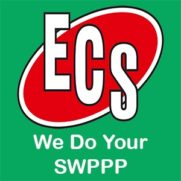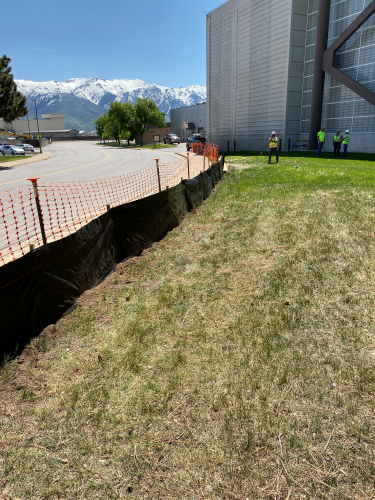At Erosion Control Services, we’re proud to assist with a huge variety of stormwater pollution prevention and related stormwater management services throughout Utah. We’ve helped numerous clients with everything from basic perimeter control products all the way up to stormwater inspection, erosion control and several other areas of SWPPP, and we’re here to do the same for you.
Within some of the jobs we perform in the field, there may be a need for a process known as dewatering, which refers to the removal and pumping of water from a given area as digging is performed, with the goal of removing water during work as they may be below the water table. Dewatering will generally involve a pump that helps drain a given area, but may also utilize several other specific devices or treatments depending on the specific needs of the project. In addition, because dewatering involves moving water from one location to another, it’s generally required that this discharged water is tested using one of several methods to ensure it’s up to the standards of the Department of Water Quality. Here’s a primer on the dewatering and water testing process, the types of tests we’ll perform on water to ensure it’s compliant, and a few other important themes to be aware of.
Dewatering and Water Testing
As we noted above, it’s generally required in these circumstances that water is tested when being removed from this sort of site. This is because it’s common for water in such locations to be laden with sediment, which if discharged into other nearby water sources will negatively impact them and their surrounding environment.
To trace back even further, the reason this water is so often contaminated is due to the length of time it will often sit for. The job sites we’re talking about here will often include themes like trenches, pits or other low areas that are below the water table or in an area with high water flow, which can then mix with surrounding dirt to form sediment-laden water.
Water Test Types
There are a few different tests that may be performed on this water before it’s discharged:
- TSS (total suspended solids): The dry-weight of suspended, non-dissolved particles in a sample of water.
- Oil and grease testing (OGB): Pioneered by the EPA, this is a test to determine presence of fats, oils, waxes and other related constituents.
- pH balance: Basic test to determine water acidity or alkalinity.
- VOX/Hydrocarbon: A different kind of test that can pinpoint the types of oil, hydrocarbons present in water.
Treating and Permits
We offer all of the above testing formats during dewatering projects, plus assistance in other areas. For instance, if water on a given site tests poorly and must be cleaned, we are happy to help provide or get you in contact with both sediment tanks and dewatering bags that will begin this process right away. We will also assist with other water cleaning methods if these are prudent.
In addition, you will almost certainly need a dewatering permit to perform these tasks. We’re also happy to help with this and have assisted numerous clients with the procurement of dewatering permits in their area.
For more on-site dewatering during the stormwater management and erosion control process, or to learn about any of our related solutions, speak to the staff at Erosion Control Services.


